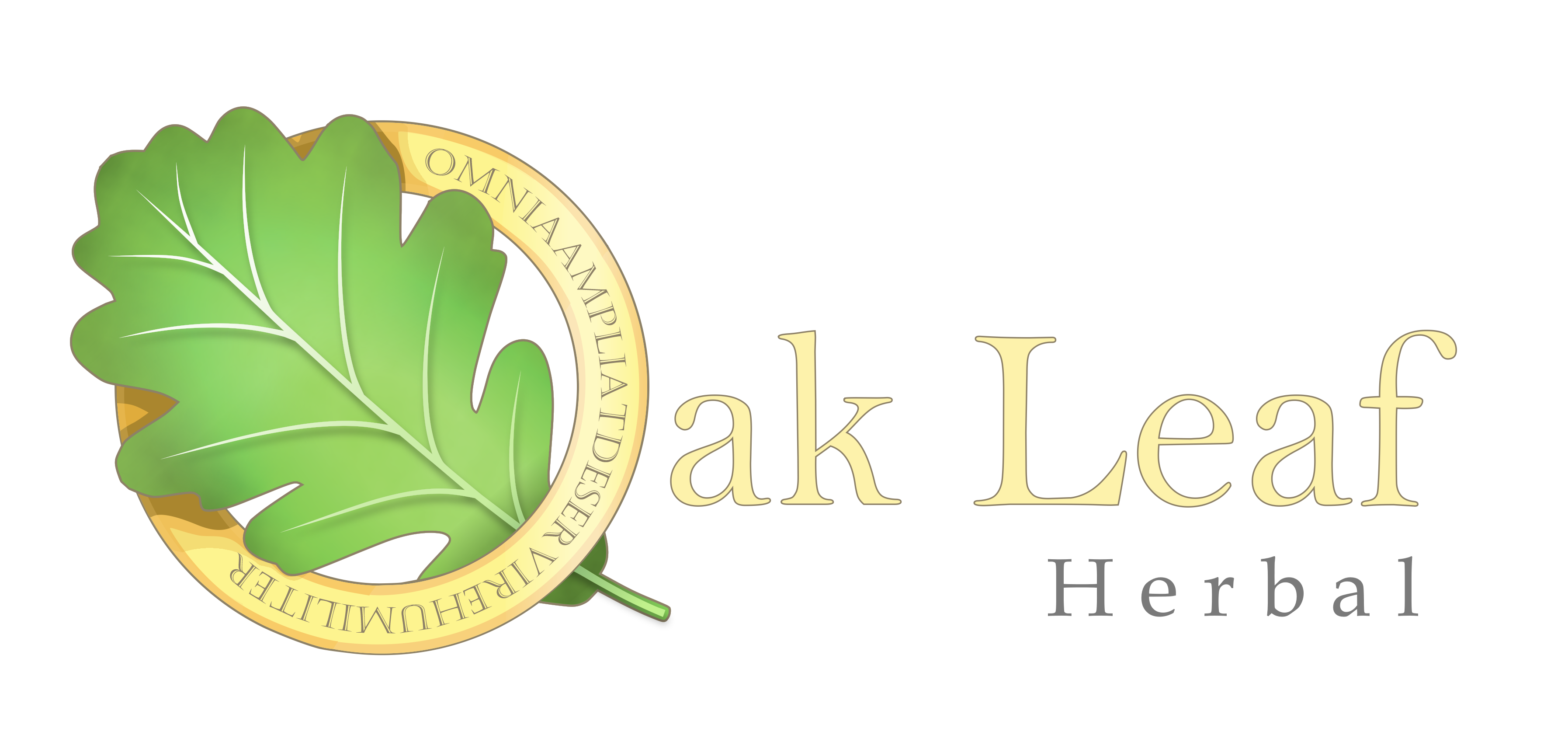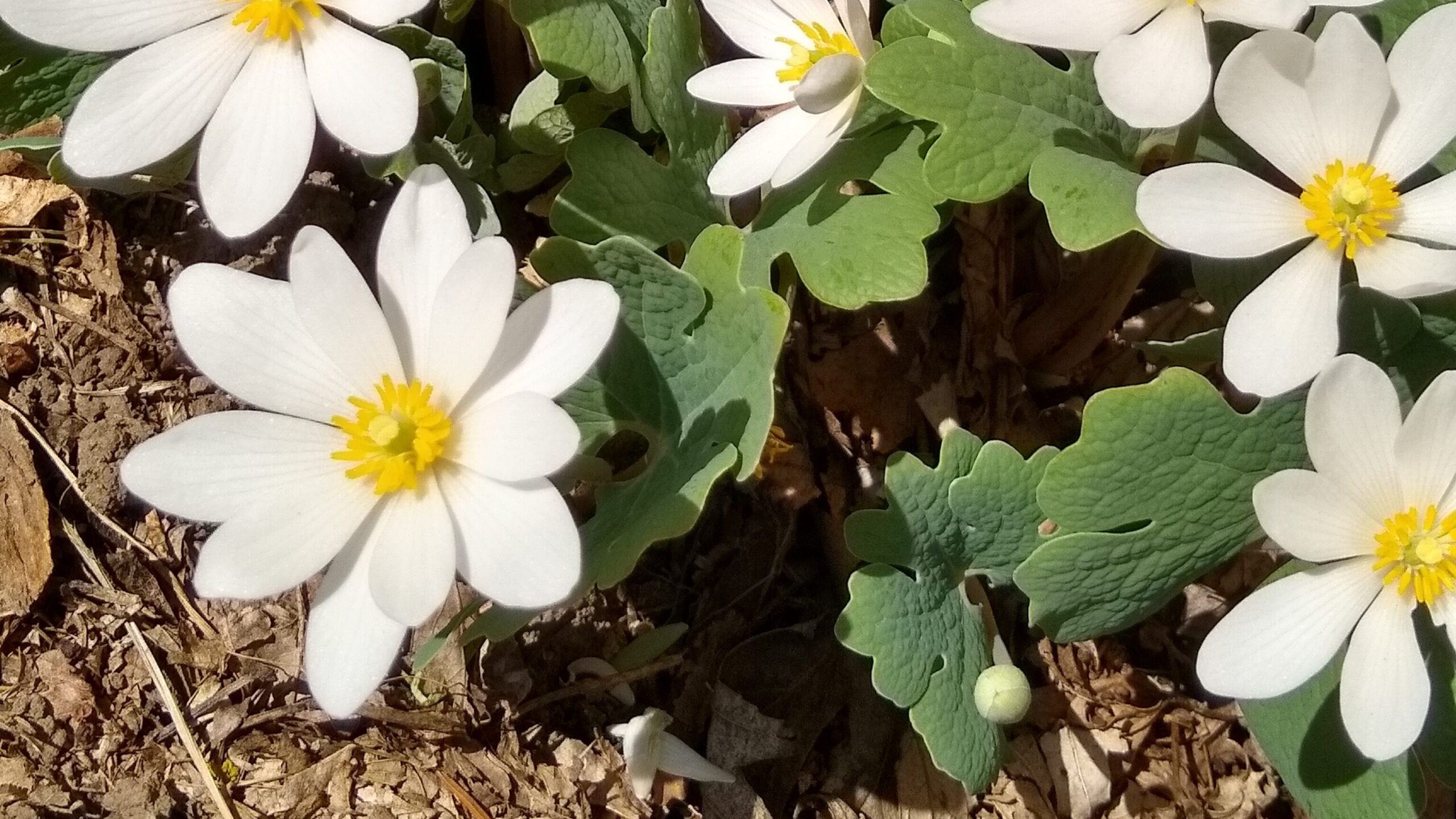
Research
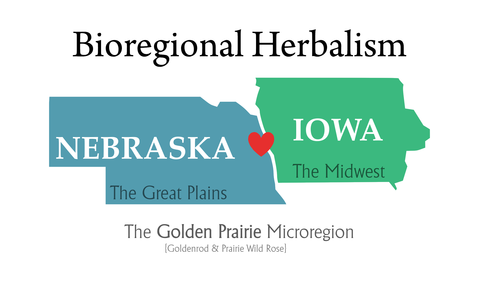
Through my work with Prairie Star Botanicals, I fell in love with the local plants. This research project was developed, because there is a serious lack of information about the medicinal qualities of North American herbs. There are a few that make it into herbal books, but the majority of herbal information and herbal usage is based around European, Asian, and Indian plants. It is my goal to get us back to our roots, and have American Herbalists use American herbs. I can only speak for my bioregion; I hope that others follow my example and explore the plants that grow where they live.
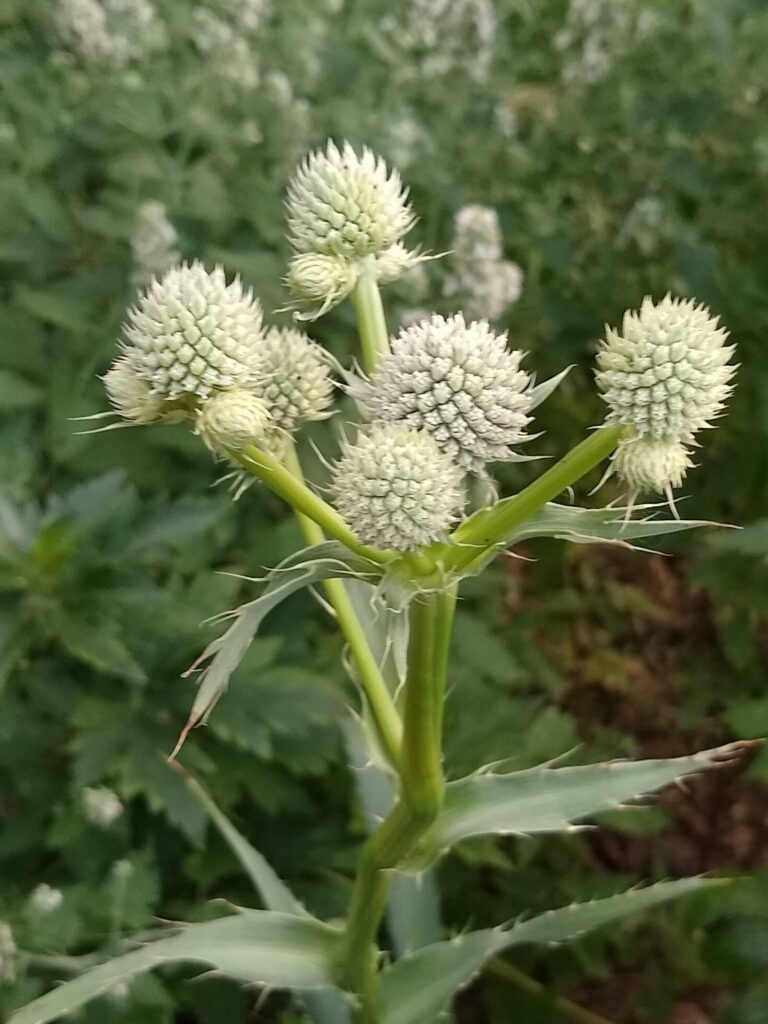
Phase 1 – “Potentially Medicinal”
I have collected data on a few thousand plants which the USDA has listed as a Nebraska and/or Iowa plant and cross-referenced them with the uses of plants by Native Americans and World-wide Herbalism. Plants that were either used as medicine or food have been selected as “Potentially Medicinal” to be included in my study. Since many of the writings on these plants are brief, with little more than a sentence to describe the plants use, it is my job to carry these plants through my research to determine the specific actions that plant exhibits on the body.
{Photo: Eryngium yuccifolium, Rattlesnake Master}
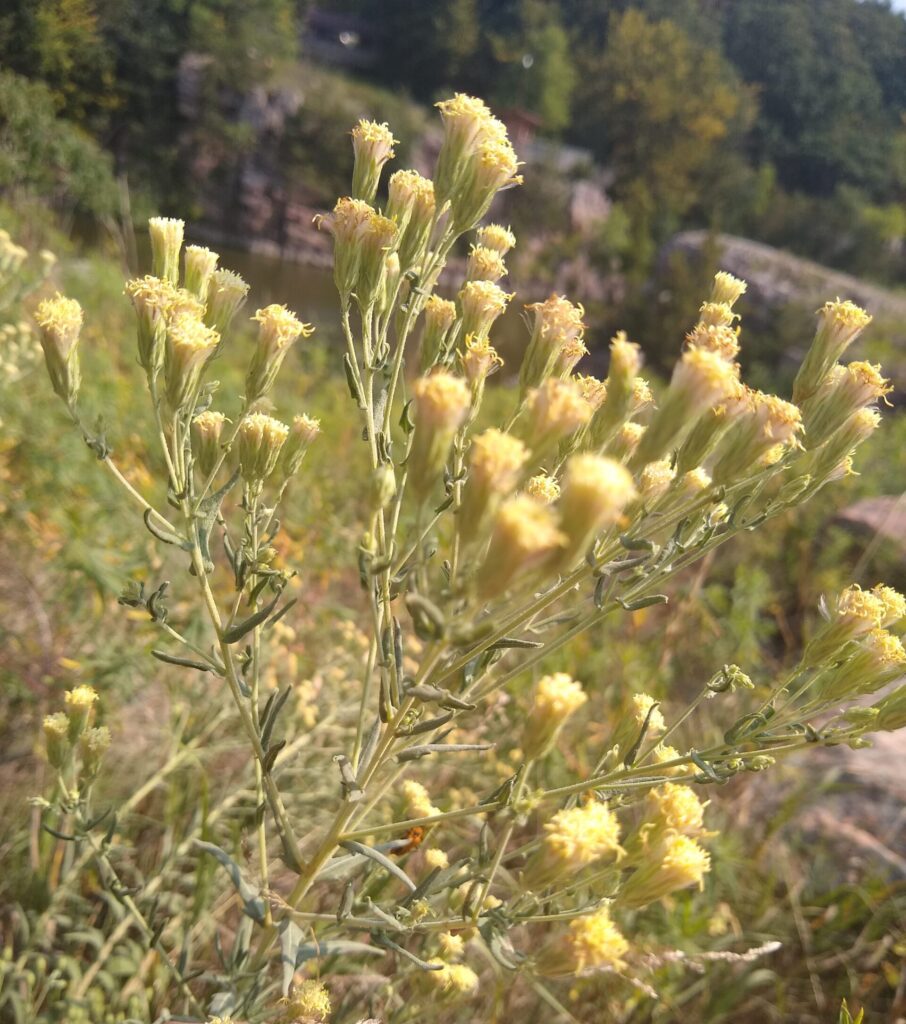
Phase 2 – Collection
In now that I have my list of over 2,000 “Potentially Medicinal” plants in my region, it is time to find them and take samples for testing. All samples will be gathered and tinctured fresh, for optimal potency. I am partnering with local parks and wildlife preserves to do my collection. Special attention has been given to avoid harvest of any At Risk or Endangered species and ethical harvesting practices are of the utmost priority during collection.
{Photo: Oligoneuron rigidum, Stiff Goldenrod}
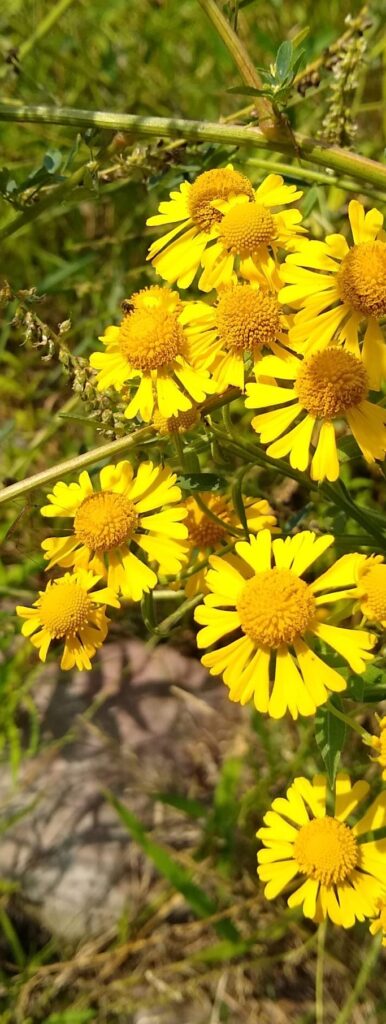
Phase 3 – Testing
The method of testing will be a combination of organoleptic analysis, the classic herbal Proving, and traditional pulse diagnosis. Volunteers will be assembled to participate in the testing of the samples. Organoleptic analysis is a way to survey the major chemical constituents of a non-toxic sample. It is performed by tasting a small amount of the prepared herb and documenting the flavor and mouth feel. For example, a salty flavor indicates the presence of salts and minerals. Bitter often indicates alkaloids. A drying mouth feel indicates the presence of tannins. The flavors and mouth feels also relate to potential medicinal application of the indicated chemistry. A Proving in Herbalism is done by ingesting a small amount of the prepared herb and documenting the bodily experience that follows. This is different from organoleptic analysis, in that it is focused on the herb’s effect on the body not just the mouth. For example, Cayenne will produce an increased heart rate, perspiration, salivation, a feeling of warmth, and increased appetite. These all point to Cayenne’s properties as a circulatory stimulant, digestive stimulant, and diaphoretic. Traditional pulse diagnosis originated in Chinese Medicine, but has been integrated into most forms of herbalism throughout the world. It uses a special technique of palpating the radial artery in 6 locations to assess changes in body function. The quality of the pulse is determined by factors including strength, width, and depth, and can be categorized into about 30 unique pulse qualities. For this testing, the participants’ pulse will be assessed before and after taking the herb. Any changes in the pulse due to the administration of the herb will be assessed for their clinical significance.
{Photo: Helenium autumnale, Common Sneezeweed}
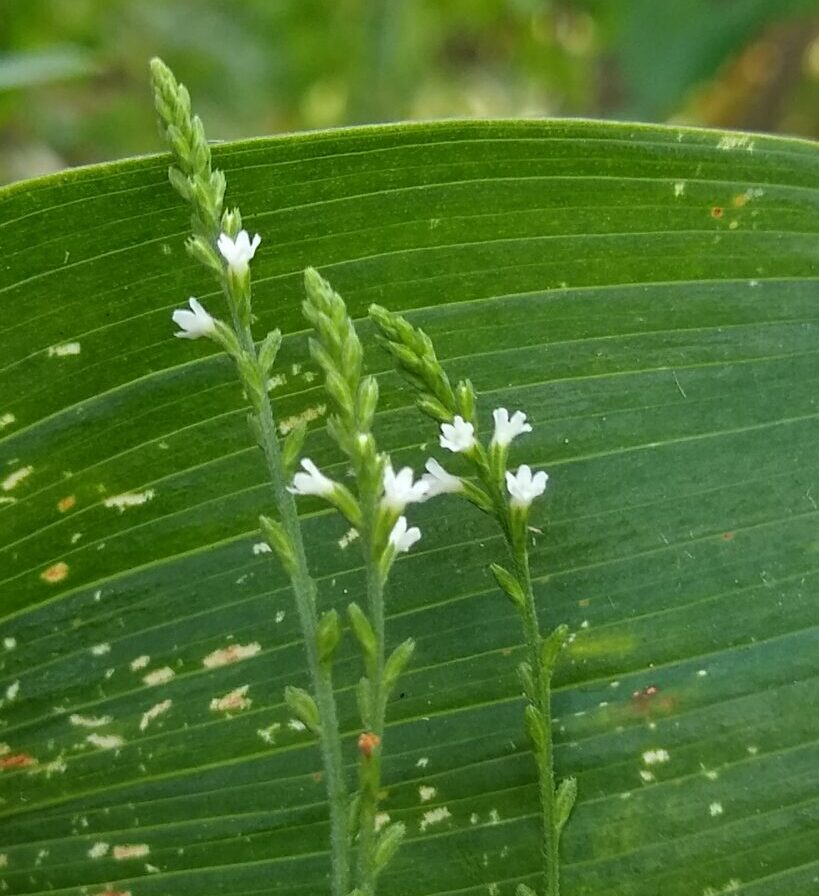
Phase 4 – The Book
After all the testing has been completed I will write up all my findings and publish a book for everyone to enjoy. This will be complete with growing information for you to cultivate your own regional medicinal garden.
{Photo: Verbena urticifolia, White Vervain}
